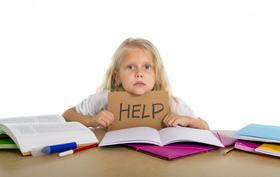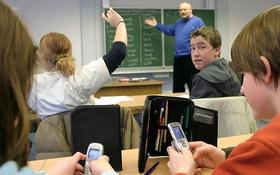For the 2025 school year, there is 1 public middle school serving 246 students in Kalama School District. This district's average middle testing ranking is 4/10, which is in the bottom 50% of public middle schools in Washington.
Public Middle School in Kalama School District have an average math proficiency score of 27% (versus the Washington public middle school average of 36%), and reading proficiency score of 43% (versus the 51% statewide average).
Minority enrollment is 17% of the student body (majority Hispanic), which is less than the Washington public middle school average of 50% (majority Hispanic).
Overview
This School District
This State (WA)
# Schools
3 Schools
801 Schools
# Students
1,151 Students
302,578 Students
# Teachers
64 Teachers
16,189 Teachers
Student : Teacher Ratio
18:1
18:1
District Rank
Kalama School District, which is ranked within the bottom 50% of all 306 school districts in Washington (based off of combined math and reading proficiency testing data) for the 2021-2022 school year.
The school district's graduation rate of 85-89% has decreased from 90-94% over five school years.
Overall District Rank
#170 out of 307 school districts
(Bottom 50%)
(Bottom 50%)
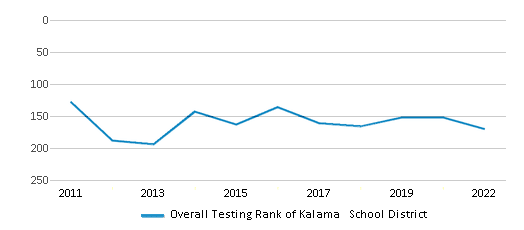
Math Test Scores (% Proficient)
35%
40%
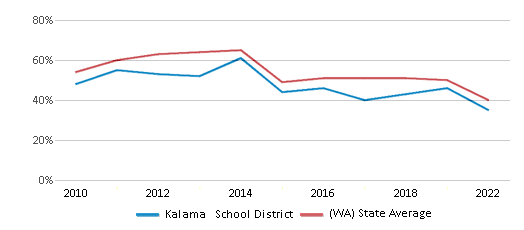
Reading/Language Arts Test Scores (% Proficient)
46%
53%
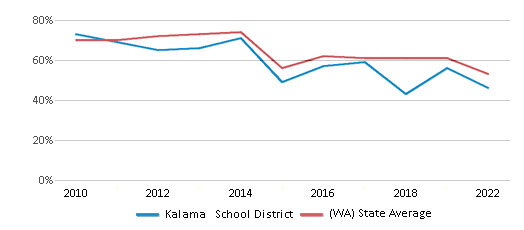
Science Test Scores (% Proficient)
53%
49%
Graduation Rate
85-89%
84%
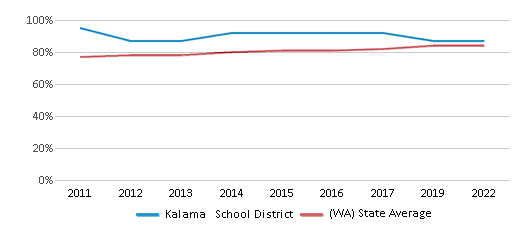
Students by Ethnicity:
Diversity Score
0.31
0.68
# American Indian Students
11 Students
5,704 Students
% American Indian Students
1%
2%
# Asian Students
12 Students
23,666 Students
% Asian Students
1%
8%
# Hispanic Students
141 Students
73,371 Students
% Hispanic Students
12%
25%
# Black Students
6 Students
13,427 Students
% Black Students
1%
5%
# White Students
948 Students
148,748 Students
% White Students
82%
50%
# Hawaiian Students
5 Students
3,971 Students
% Hawaiian Students
1%
1%
# Two or more races Students
28 Students
26,277 Students
% of Two or more races Students
2%
9%
Students by Grade:
# Students in PK Grade:
9
1,563
# Students in K Grade:
108
3,945
# Students in 1st Grade:
84
4,184
# Students in 2nd Grade:
86
4,295
# Students in 3rd Grade:
71
4,473
# Students in 4th Grade:
98
4,820
# Students in 5th Grade:
93
7,072
# Students in 6th Grade:
92
71,936
# Students in 7th Grade:
74
81,343
# Students in 8th Grade:
80
82,029
# Students in 9th Grade:
88
11,117
# Students in 10th Grade:
91
8,148
# Students in 11th Grade:
89
8,305
# Students in 12th Grade:
88
9,348
# Ungraded Students:
-
-
District Revenue and Spending
The revenue/student of $19,321 is higher than the state median of $18,796. The school district revenue/student has declined by 10% over four school years.
The school district's spending/student of $36,849 is higher than the state median of $19,246. The school district spending/student has declined by 10% over four school years.
Total Revenue
$22 MM
$20,715 MM
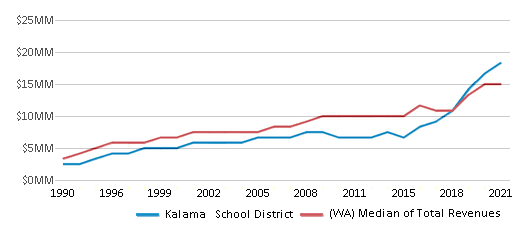
Spending
$42 MM
$21,212 MM
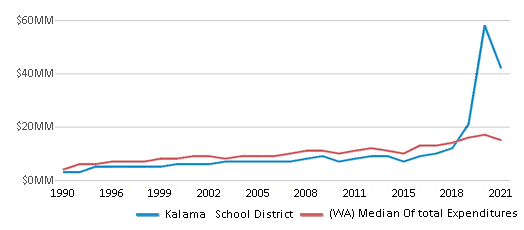
Revenue / Student
$19,321
$18,796
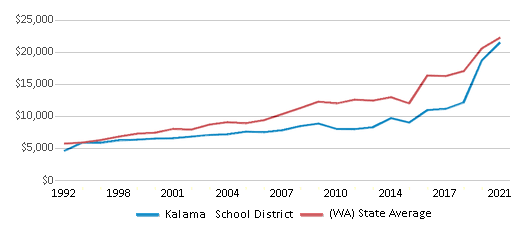
Spending / Student
$36,849
$19,246
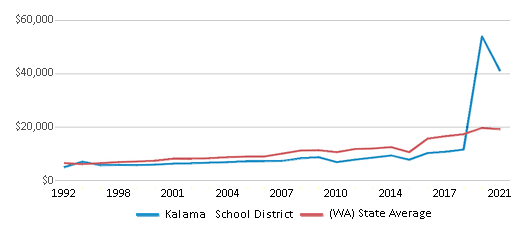
Best Kalama School District Public Middle Schools (2025)
School
(Math and Reading Proficiency)
(Math and Reading Proficiency)
Location
Grades
Students
Rank: #11.
Kalama Middle School
(Math: 27% | Reading: 43%)
Rank:
Rank:
3/
Bottom 50%10
548 China Garden Road
Kalama, WA 98625
(360) 673-5212
Kalama, WA 98625
(360) 673-5212
Grades: 6-8
| 246 students
Recent Articles

How Scaffolding Could Change the Way Your Child Learns
Every child learns differently and it’s a teacher’s job to meet students where they are and guide them through the learning process. Scaffolding is a teaching tool that helps students develop critical thinking skills and the ability to learn independently.

The Impact of Coronavirus on Public Schools
This article discusses the widespread impact of COVID-19 on public schools, addressing issues such as school closures, remote learning challenges, effects on standardized testing, and concerns about student progress. It also provides tips for parents suddenly faced with homeschooling responsibilities.

February 05, 2025
Understanding the U.S. Department of Education: Structure, Impact, and EvolutionWe explore how the Department of Education shapes American education, from its cabinet-level leadership to its impact on millions of students, written for general audiences seeking clarity on this vital institution.



